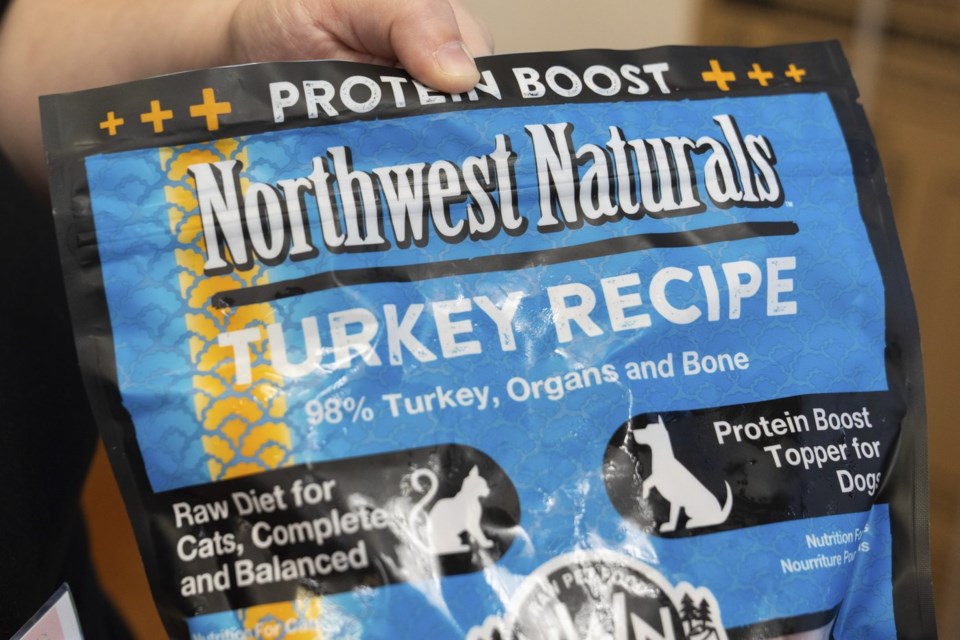
Public support is key to the success of a strike, experts say, but as the Canada Post strike drags on, that support is likely getting harder to maintain. “As strikes wear on, they become more difficult to sustain, and if the public is not rallying behind you, it can be demoralizing for the union,” said Brock University labour professor Larry Savage. More than 55,000 postal workers are off the job in a strike that has lasted over four weeks.
Federal mediation was paused more than two weeks ago as the two sides were too far apart, and though proposals have been exchanged recently, it’s not clear that they’re any closer to reaching a deal, with Canada Post and the union criticizing each others’ demands and comments in public statements. Meanwhile, calls from the business community for government intervention have been rebuffed. Labour Minister Steven MacKinnon has consistently said the two parties have a responsibility to come to the table and hammer out a deal.

Canadian Union of Postal Workers negotiator Jim Gallant says on the picket lines, Canada Post workers are getting the support they need — plus coffee, doughnuts, fried chicken, knitted hats and socks, and even turkeys from citizens. But Savage said he feels overall public opinion has been mixed so far on the strike. “It’s not clear to me that either party is winning the war of public opinion,” he said.
“(It) seems like a good chunk of people seem to not care about the strike, but those who do seem evenly split between Canada Post and the union. And I think lots of people are just frustrated and surprised that the strike has lasted this long.” That divide was reflected in a recent Angus Reid poll, though it was conducted during the third week of the work stoppage.
The survey of just over 3,000 Canadians found 34 per cent sided with Canada Post and its demands, while 29 per cent stood with the union. The rest were unsure, or didn’t support either side. Social media posts reflect the mixed opinions, with some people expressing frustration with the disruption and others proclaiming their support for the striking postal workers.
Adam King, an assistant professor in the labour studies department at the University of Manitoba, said online discourse doesn’t tell the whole story. “It takes very little effort to post a comment on a story, but it takes much more to show up to a picket line,” he said. On the picket lines King has seen in Winnipeg, “CUPW has received lots of support,” he said, from the labour movement and the public.
King and Savage said there’s been a broader trend of higher public support for striking workers in recent years. “The fact that Canada Post isn’t a profit-making, billionaire-owned company complicates it a little bit, because it’s easier to go after a grocery baron, for example, than Canada Post,” said Savage. But both said even for the public sector, which Canadians historically have had less support for amid labour disputes, the public has been surprisingly onside over the past couple of years.
“I think the public has been generally very understanding and receptive of workers’ demands coming out of the pandemic,” said King. “I think there was a level of understanding that maybe wasn’t there in previous years, that people really do understand that people are in a crunch, union members are in a cost of living squeeze, and they’re sympathetic to their demands.” As the Canada Post strike drags on, “I think there might be maybe some shifts in public opinion, and it might be harder to maintain, especially as the Christmas season approaches,” said King.
But for the most part, “I would fit this strike into that longer pattern” of stronger support for striking workers, he said. Gallant said as the strike continues, there’s a lot of pressure on both sides to reach a deal. “We don’t want to be the people that ruin Christmas,” he said.
Business associations have called for government intervention, saying the strike is harming business owners during the key holiday season. The day the strike started, Shopify CEO Tobi Lütke posted on X that Canada Post is an essential service and shouldn’t be allowed to go on strike. But strikes are meant to disrupt “business as usual,” Savage pointed out — the anger of customers and business owners is intended to pressure employers to reach a deal.
However, strikes “also risk alienating the public,” added Savage. “The trick is for the union to align its demands with the interests of the public. And that is like .
.. walking a tightrope,” said Savage.
Bea Bruske, president of the Canadian Labour Congress, said public support is important for workers during strikes because it not only boosts morale on the picket line, it puts pressure on the employer to come to the table. “I mean, they are really stuck, but there’s pressure all the way around. There’s pressure on the employer, and there’s pressure on the union as well,” she said.
When a strike goes on for multiple weeks, “it’s harder to see the end of the road,” said Bruske. Groups within the labour movement like the Canadian Labour Congress try to keep the momentum going through social media, email campaigns and speaking to the media, she said. “Making sure that you maintain that momentum and that public support for the issue is critically important.
” This report by The Canadian Press was first published Dec. 13, 2024. Rosa Saba, The Canadian Press.















